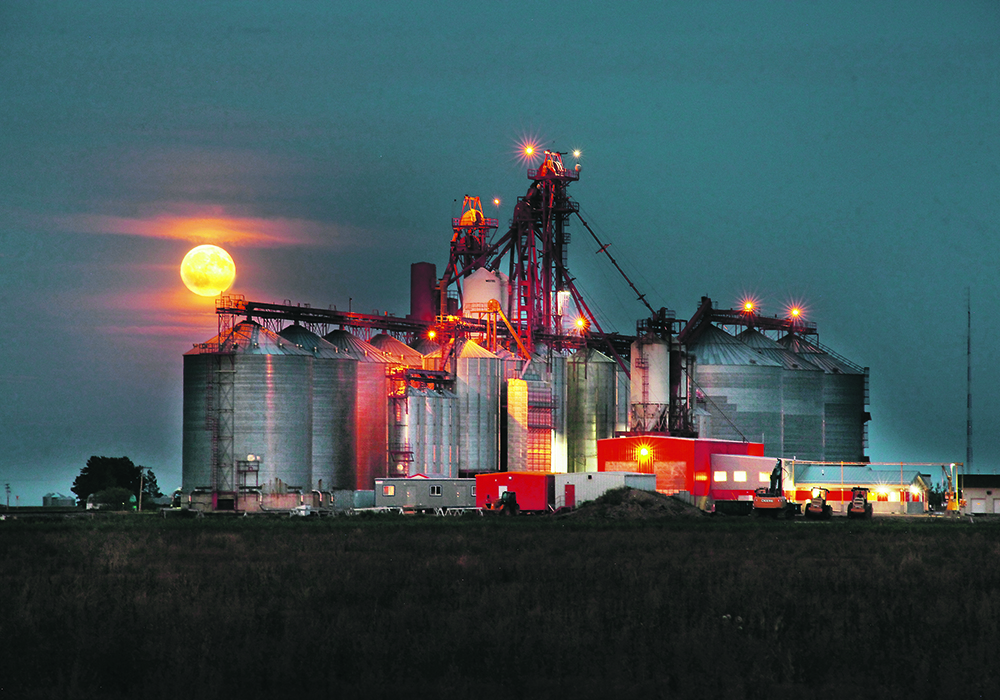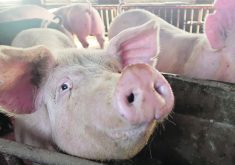It’s hard to explain why farmers need to be thinking about pricing their crops.
There aren’t too many reasons to be bearish.
But I thought this comment from a recent market outlook session summed up the reality pretty well.
“(There’s) no clear sign of this topping out here, but I can’t help shake the feeling that $23 (per bushel) cash canola is not normal,” said Mike Jubinville of MarketsFarm.
“Is this a new normal that we’re looking at? Every time we’ve said that in the past we’ve been disappointed somewhere down the line when production comes back.”
Read Also

Government, industry seek canola tariff resolution
Governments and industry continue to discuss how best to deal with Chinese tariffs on Canadian agricultural products, particularly canola.
It doesn’t matter the crop, it seems, these days. The outlook is pretty bullish. Canola supplies are dreadfully short. Wheat supplies, especially among major exporters, are low. North American pea supplies are tight. Durum can’t be found in many areas.
Barley is pulling in historically high prices. Oats are “tight beyond belief.”
So why worry about locking in old crop or new crop prices?
It’s that realization that prices like today’s never last forever. When they fall, they can fall a long way. Fundamental supply and demand situations don’t change quickly, but market psychology can.
How much of that $23 canola price is based on market mood? That’s what we discover when something knocks that mood and it reverses.
Anybody who’s got old crop unpriced is in a pretty good situation. The market is unlikely to reverse into a bear quickly. The winter marketing season shouldn’t be too frightfully risky.
But new crop is a different matter. So much can change in a year, which is when most farmers will have lots of crop in the bin again. Forward and futures prices look good, if not as joy-inducing as today’s prices, and some farmers will want to guarantee those somehow.
But so many farmers got burned on contracted grain this year and many will not want to lock up anything.
That’s the challenge: how to preserve those terrific forward prices without taking on reckless amounts of risk, when so many farmers have dry soils.
As this column has written about many, many times, there are various ways to price and hedge coming crops, none that don’t bring with them some element of compromise and cost. Figuring out what risk management approach works best varies farmer by farmer.
Jubinville’s thoughts about $23 canola are a good prompt to the marketing reality that it might not seem like a time when anybody has to be worried about prices. However, we always need to remember that good times like this in the past, didn’t last. At some point, things are likely to get back to “normal.”
So despite high prices and a good supply and demand outlook, it’s an important time to be thinking about a marketing situation that will respect today’s reality, but prepare for the return, some time, of normal times.


















